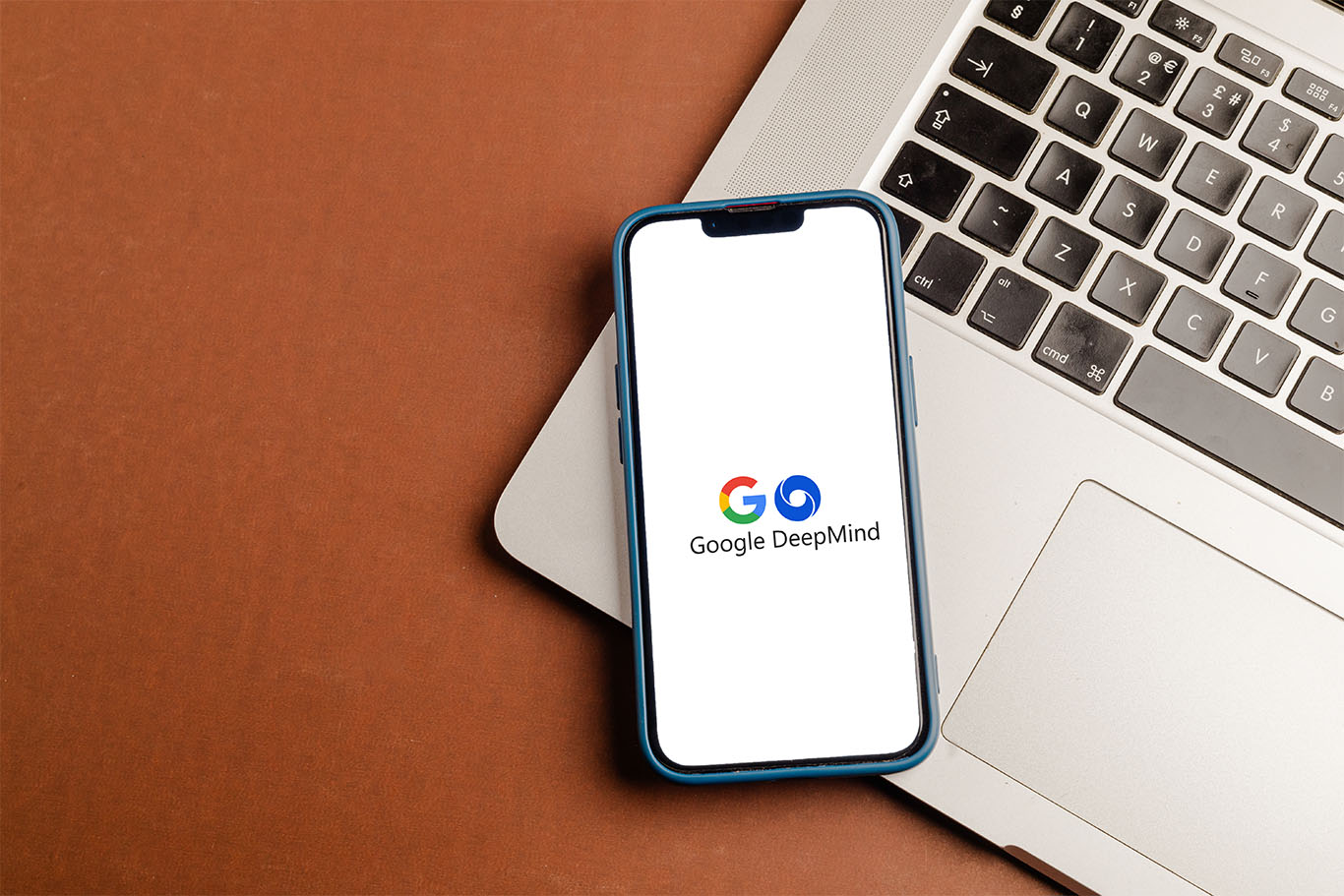
How Google DeepMind is Preparing AI to Transform Entire Industries
Subscribe to our free newsletter today to keep up to date with the latest business news.
Artificial intelligence is no longer confined to controlled research labs or speculative future scenarios. It is now central to innovation across nearly every major industry. At the forefront is Google DeepMind, the AI research division of Alphabet. Led by Demis Hassabis, DeepMind is moving toward artificial general intelligence, or AGI, a version of AI with human-level understanding and learning ability. According to Hassabis, AGI could become a reality within five to ten years. That prediction is supported by rapid advancements like Genie 2.
Demis Hassabis says artificial general intelligence is close to becoming real
In a recent 60 Minutes interview, Demis Hassabis shared a vision that no longer feels like fiction. He believes AGI could be achieved within a decade. Unlike task-specific AI systems, AGI would be capable of abstract thinking, cross-domain reasoning, and adaptability.
This forecast is rooted in how quickly foundational AI models are improving. Google’s Gemini models, introduced in 2023, made strides toward general-purpose performance. Now, DeepMind’s Genie 2 project is bringing the vision of synthetic learning environments to life.
Genie 2 creates full virtual environments from just one image
Genie 2 is among the most striking developments from DeepMind. It can create 3D interactive environments from a single 2D image. These synthetic spaces are more than digital novelties. They provide flexible and cost-efficient alternatives to physical testing grounds for AI training.
By generating virtual environments that mimic the real world, Genie 2 enables AI systems and robots to practice tasks such as navigation, object handling, and interaction without physical trial runs. This approach accelerates learning while lowering development risk.
AI’s future role in solving systemic challenges in health and industry
Beyond robotics, AI’s reach is extending into global problem-solving. Hassabis highlights its potential to eliminate diseases, improve material distribution, and unlock new scientific discoveries. DeepMind’s AlphaFold system, for instance, predicts protein structures with high accuracy, offering new tools to researchers in medicine and biotechnology.
As these AI systems scale, their capabilities are expected to support everything from climate modeling to predictive maintenance in manufacturing. AGI, in this context, represents more than an achievement in computing. It could serve as a force multiplier in science, economics, and sustainability.
While progress is rapid, limitations remain. Today’s AI still lacks traits such as imagination and curiosity. These qualities allow humans to question assumptions, form hypotheses, and pivot when encountering the unexpected.
Solving this gap will require a new generation of models that are not only large but adaptable. Hassabis emphasizes that advancing AGI will demand contributions from neuroscience, ethics, philosophy, and technical engineering. This includes partnering with governments and academic institutions on AI safety, regulation, and transparency.
Sources: